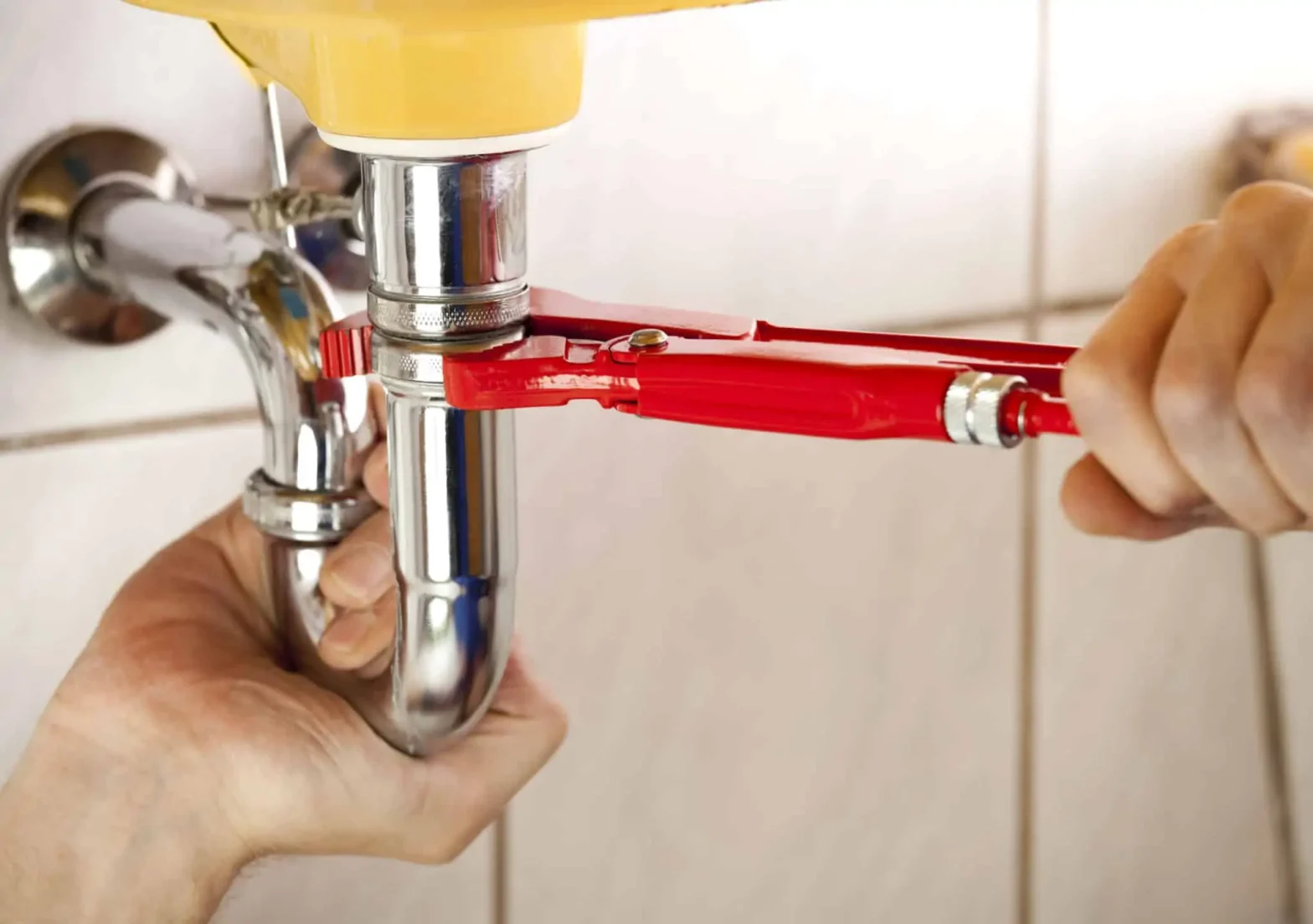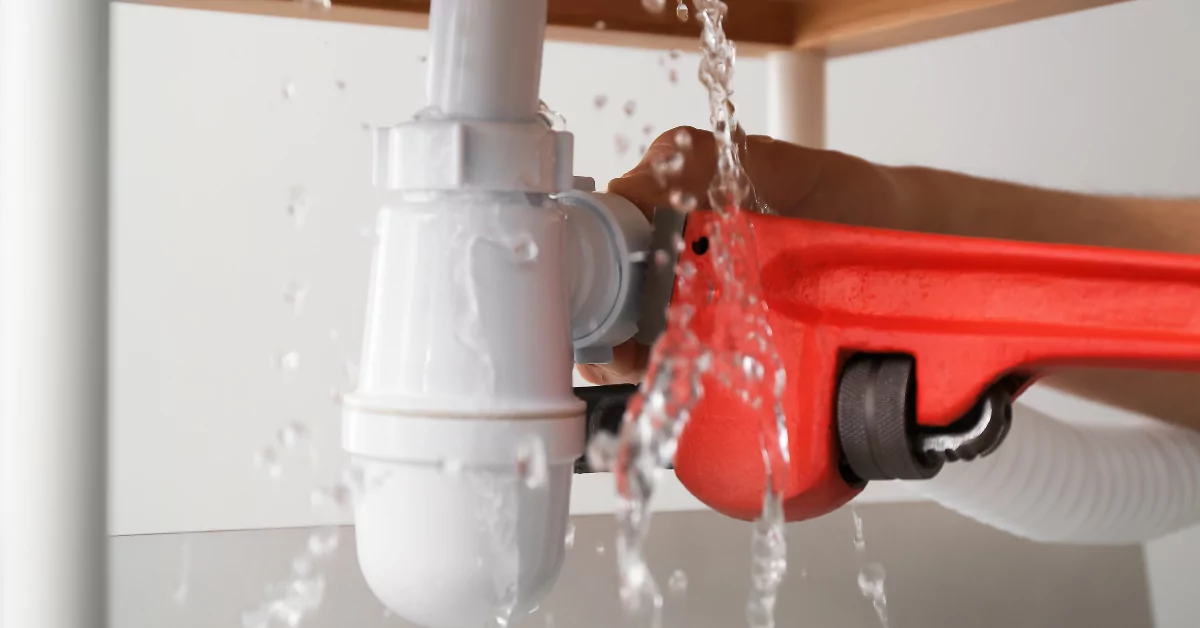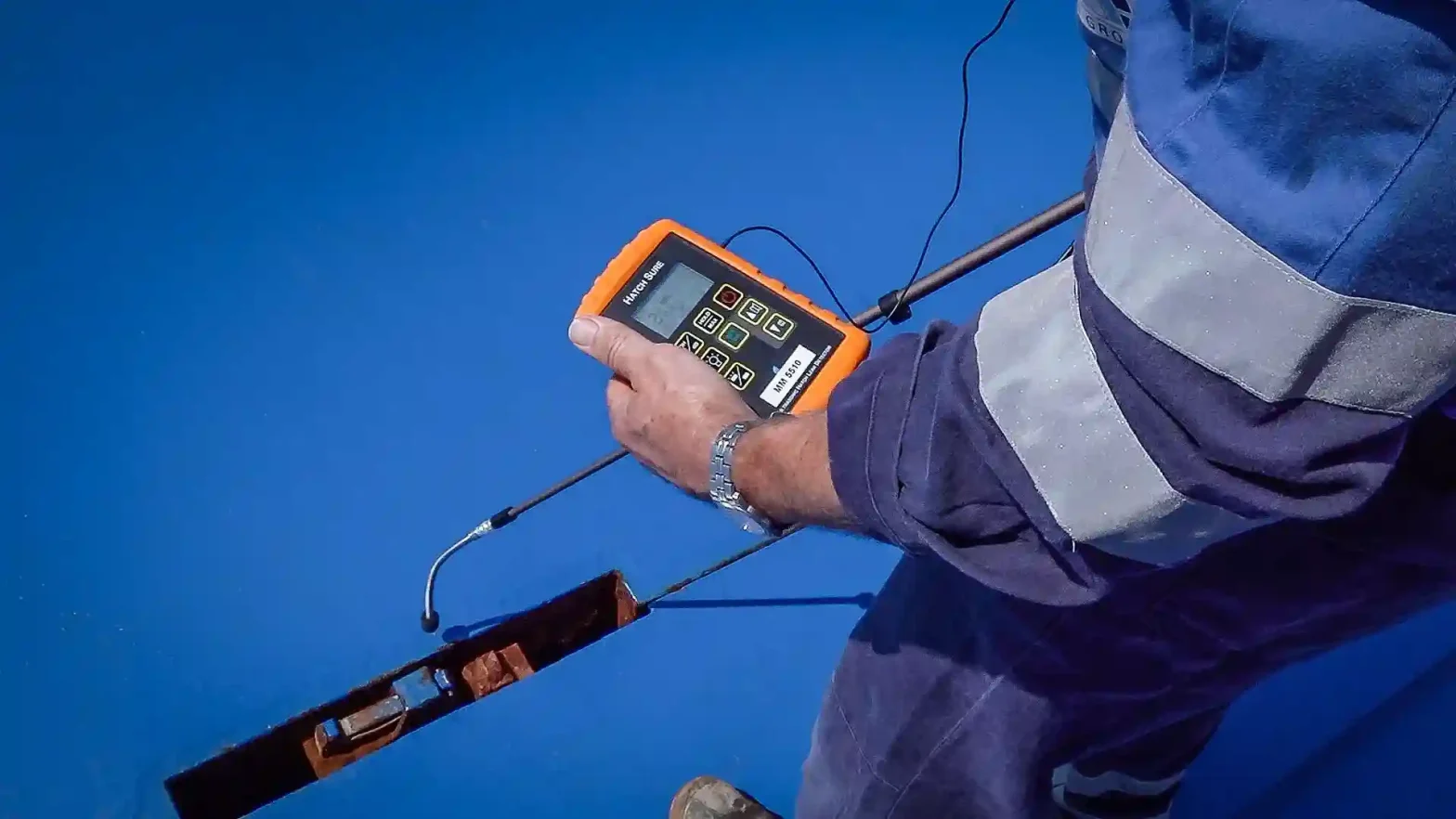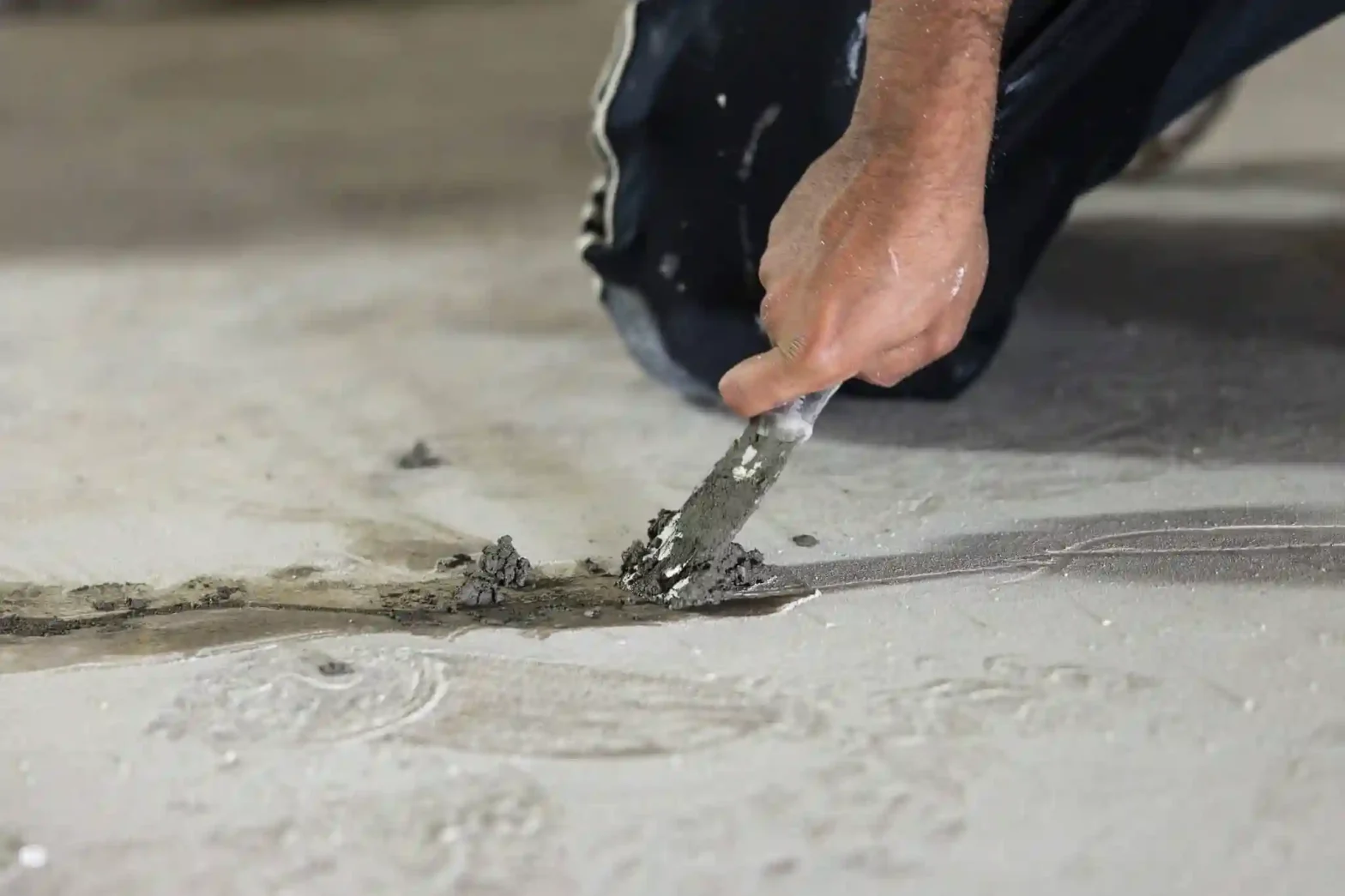Top 5 Places Leaks Hide in a Typical Home
Water leaks. They can start so quietly, and without diligent detection and prevention, the damage can be calamitous to your wallet and your home. Over time, even a slow drip can add up to thousands in repair bills and ruined insulation, structure, and mold buildup. The most urgent drain and plumbing crises will announce themselves immediately with burst pipes or backup toilets, but the most harmful leaks often hide out of sight, silently damaging the house.
Recommended reading: How to spot water leaks
The challenge with leak detection is that most leaks don’t happen in obvious, visible places. The most common places where leaks occur are behind walls, under floors, and in storage areas that we don’t typically frequent. You may only discover them when your water bill skyrockets, flooring buckles, and mold shows up where you didn’t put it. This is why regular checks and early detection are so important.
In this post, we’ll show you the five most common areas where leaks hide (and how to catch them in time).
1. Behind Walls
Drywall is a great way to hide pipes. A slow leak behind a wall might not be noticed for weeks or even months, especially in older homes with aged plumbing systems or in homes where small pipe repairs have been completed quickly in the past. Hidden leaks are most commonly found behind bathrooms, kitchens, and laundry rooms, where pipes and water lines are more concentrated.
In the beginning stages, you may notice peeling paint, warped drywall, bubbling paint or wall coverings, or a faint musty smell near the leaky wall. These initial indicators are the first signs that something is amiss. As the leak continues, the wetness can start to spread into your insulation, wood frame, and even your electrical work. Mold and mildew also love this dark and moist environment and can quickly spread throughout your home.
If you have an inkling of a leak behind the wall, but can’t locate a visible leak source, it’s best to call a professional. Plumbers have infrared cameras and moisture meters they can use to pinpoint the source of the leak behind drywall, without you having to remove tons of sheetrock yourself.
2. Under the Sink
This one may sound basic, but many cabinet leaks go unnoticed because we simply don’t look. The tools of the trade in any kitchen or bathroom get in the way of leak detection. Cleaning products, sponges, hand towels, and other home items often obscure the under-cabinet view, making it easy to miss slow leaks that are happening right under your nose. A loose P-trap, rusted shut-off valve, or worn faucet connector can allow water to slowly puddle below the cabinet.
You may notice over time that the base of the cabinet is becoming soft or discolored. You may even notice a sour smell or mildew odor when you open the cabinet doors. If left alone, even a small leak can rot out the wood, cause black mold buildup, or attract insects such as ants and cockroaches who love the moisture source.
Doing a monthly leak check while you clean can help a lot. Simply removing stored items and running the tap for a minute or two will help you identify leaks while they’re still active. Feel the base for moisture, warping, or an unusual odor.
3. Slab or Foundation
If your home was built on a concrete slab, there are areas of potential leakage in hairline cracks in the slab or underneath the foundation that can lead to major structural damage over time. These leaks are generally caused by broken underground water lines or damage to radiant heating pipes that are embedded into the concrete slab itself.
The first signs may be subtle, such as feeling warm patches of tile flooring, noticing hardwood floors lifting, or suddenly getting water bills that are higher despite no increase in usage. Some homeowners even start hearing the sound of running water despite all taps being turned off.
Slab leaks are one of the more expensive leaks to repair. The repair cost isn’t just because it is hard to detect, but also the potential damage it can create inside your home. If not repaired or noticed, slab leaks can weaken the foundation of your home, shift the actual structure of your house, and even create sinkholes where you walk and drive. Because the potential costs and damages are so high, if you suspect a slab leak, it is important to contact a licensed plumber as soon as possible.
4. Around the Toilet Base
Toilets can also leak silently around the wax ring seal under the base. Wax seals degrade over time and deteriorate faster if the toilet shifts slightly due to a bad installation, high usage, or settling of the home’s foundation. The danger here is that the water doesn’t pool in a visible area—it seeps directly into the flooring and soaks the subfloor, slowly rotting the wood from the inside out.
You may not even notice anything for a while, but eventually, the floor around the toilet base could start to feel soft, or even the toilet may begin to rock or wobble when you sit down on it. You may also notice a sour or mildew smell that persists, despite regular cleaning. If the floor tiles near the toilet are buckling or discolored, this is another indicator of a hidden leak.
The issue is particularly perilous in upstairs bathrooms, as the water can seep downward and cause damage to ceilings and walls below. A short inspection around the base of the toilet after every deep cleaning session can help you stay on top of this type of leak.
5. Inside the Water Heater Closet or Garage
Water heaters are often tucked away in garages or closets, out-of-the-way places that many homeowners may not regularly check. Over time, water heaters corrode, their valves become faulty, and the pressure builds. Without regular maintenance, the unit can begin to leak slowly and even fail catastrophically if no one is watching. Most homeowners don’t notice the leak until they see rust-colored streaks on the floor or feel wetness at the base of the unit.
Older units (generally between 8–12 years) are especially prone to this issue. If your water heater is past its prime, then regular inspection is all the more important. Pooled water, rust stains, or odd sounds coming from inside the tank, such as rumbling or popping, may indicate that sediment has built up inside and is placing excess strain on the tank walls.
A neglected leak here can cause damage to the surrounding drywall, baseboards, and flooring. If your water heater is installed inside your home, the damage could spread to other rooms, even creating the potential for mold buildup. A great habit is to do a quick visual inspection of your water heater every few months and to schedule a professional flush and maintenance inspection once a year.
Final Thoughts: Small Leaks and Big Problems
Hidden leaks typically start small, but if left alone, they can quickly escalate into big, expensive problems. Knowing where to look and taking action before the damage gets out of hand is the best way to prevent major issues. From the silent drip under your kitchen sink to the slow leak under your slab, water can make its way into the most vulnerable areas of your home. What may seem like an annoying inconvenience today could turn into mold remediation, foundation work, or full bathroom reconstructions tomorrow.
If you see any of the warning signs above, don’t hesitate. The best way to protect your investment and prevent future headaches is to address leaks early. A quick checkup today could save you thousands in the future.
Need Hidden Leak Detection Help?
At Cali’s Choice, we make it our business to find and stop hidden leaks in your home quickly, saving you time, money, and stress. Our licensed plumbers can find leaks behind walls, under floors, and even inside of slabs without tearing out large areas of drywall. Whether you suspect a slab leak, a toilet seal failure, or just want peace of mind, our expert leak detection team is here to help.
Call us today to schedule your professional leak inspection and protect your home from hidden water damage before it becomes a disaster.
FAQs
Q1: How can I know if I have a hidden leak?
Signs include: unexplained water bills, musty odors, wall stains, peeling paint, or soft, spongy flooring. You can also use a moisture detector or thermal camera to find damp spots on walls or floors.
Q2: Does insurance cover slab leaks?
Coverage depends on your specific policy. Many homeowners’ insurance policies cover damages caused by a slab leak, but not the plumbing line repair itself. It’s always good to know the details of your insurance.
Q3: How much water does a small leak waste?
A faucet leaking one drop per second can waste over 3,000 gallons of water per year. Pipe or toilet leaks can have even greater waste without showing any obvious signs.
Q4: How often should I check for leaks?
Monthly visual inspections are recommended for high-risk areas like under sinks, around toilets, and near water heaters. If your home is over 10 years old, we also recommend a yearly preventative professional inspection.
Q5: What is the quickest way to detect a leak?
Check your water meter. Turn off all of your fixtures and appliances, then check to see if the meter is moving. If it does after 15–20 minutes of everything being off, then you likely have a hidden leak in your plumbing.








